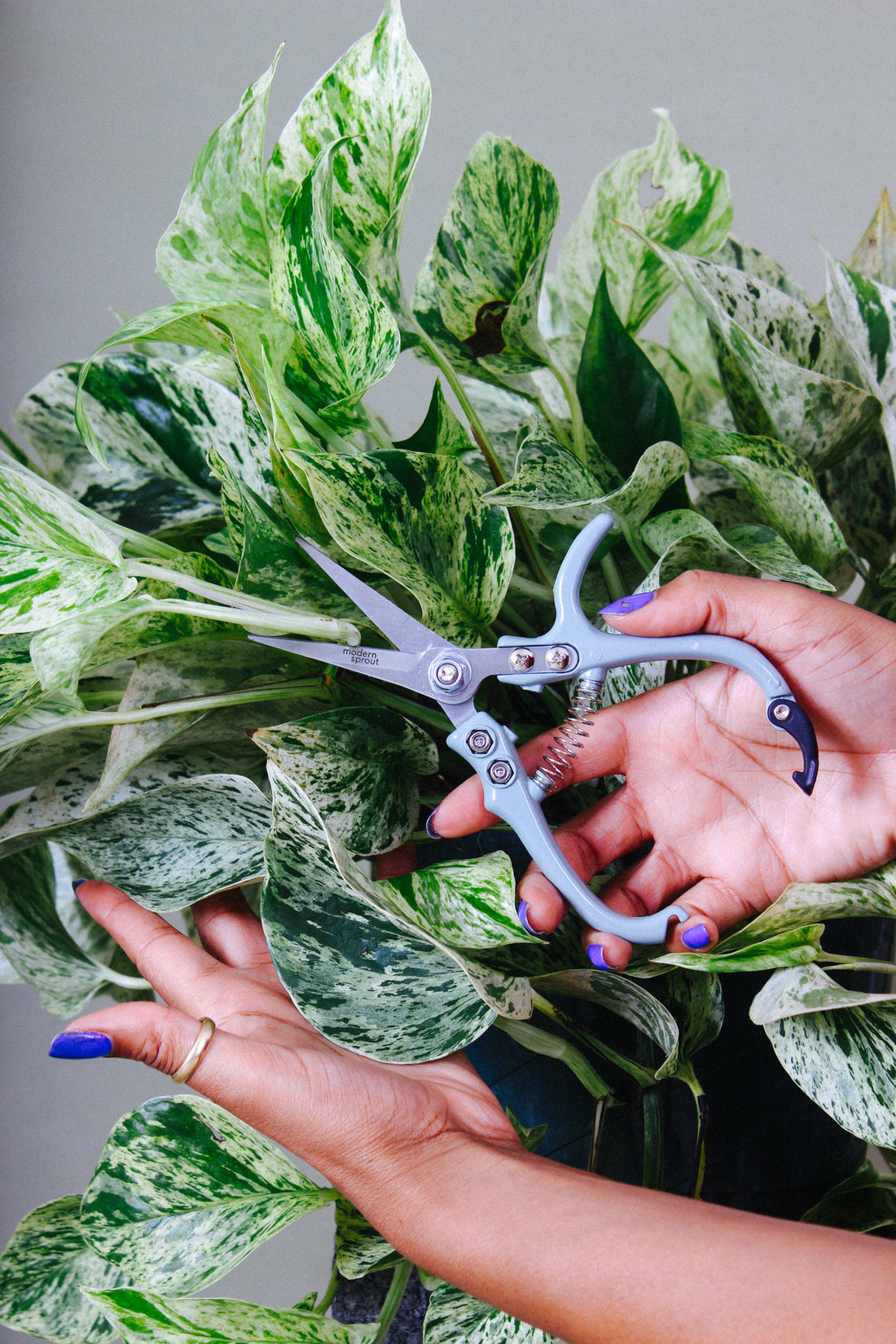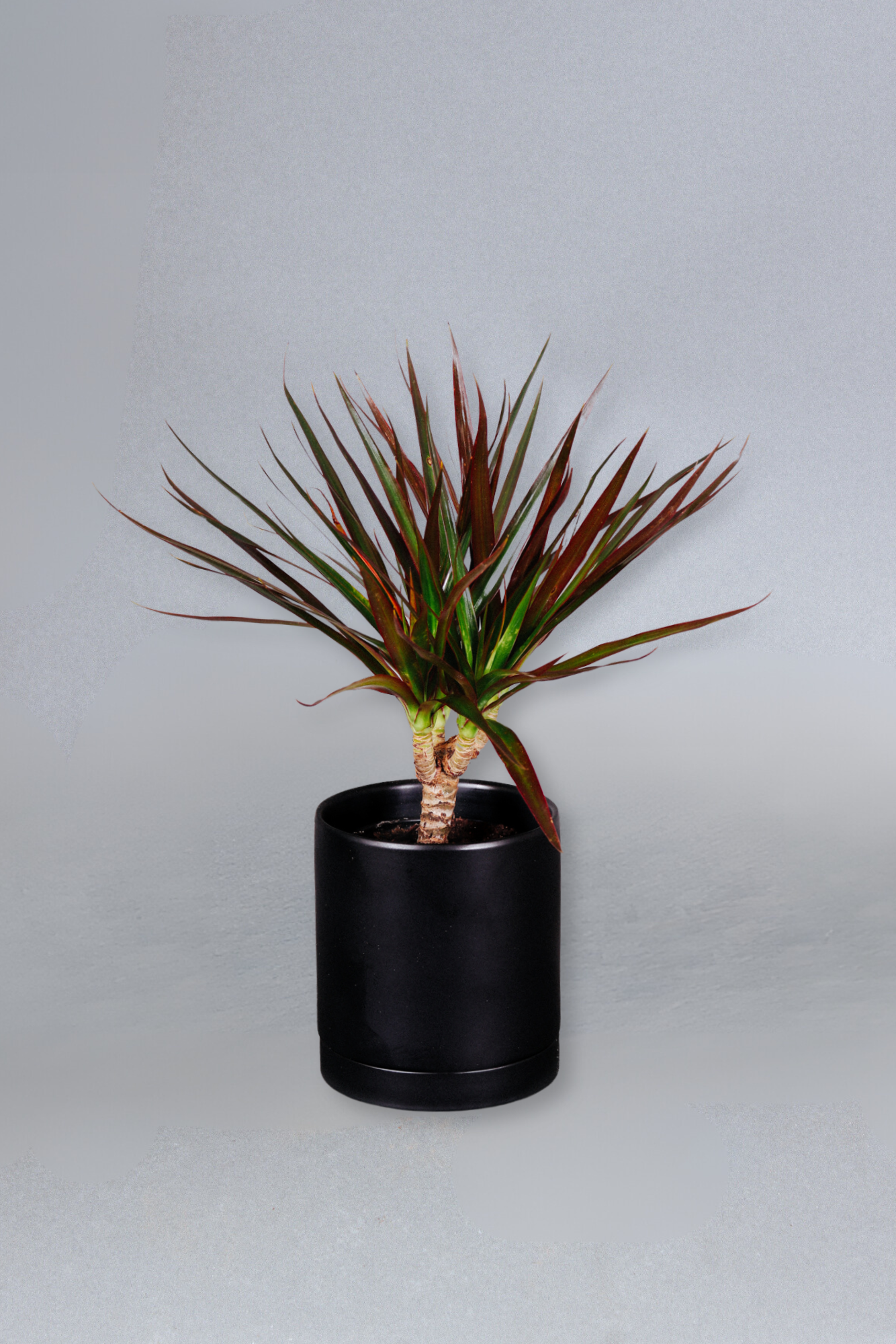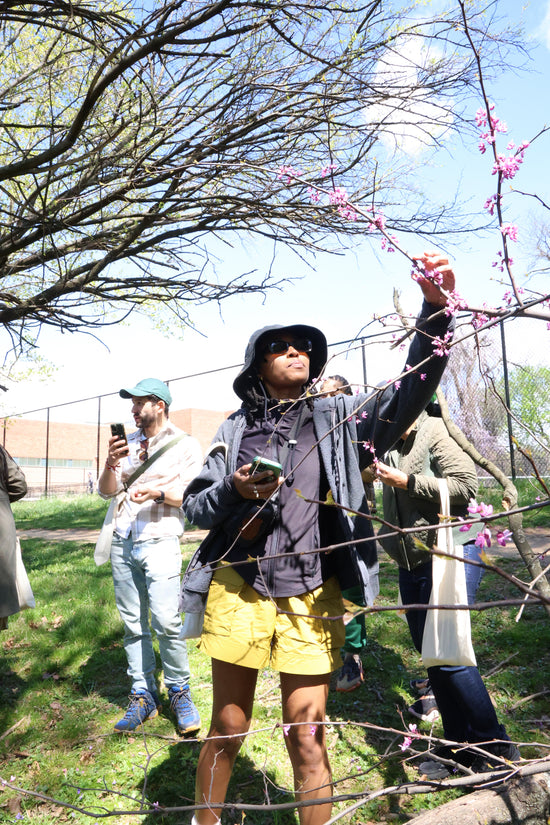WHAT DOES PRUNING DO FOR PLANTS?
Pruning is an essential part of maintaining healthy plants year-round. Strategically removing plant parts stimulates new growth, directs energy to healthy parts of the plant, and prevents disease. Healthy leaves and stems trimmed away can also be propagated - a free and rewarding way to grow your collection or share with others.
Whether using your fingers or a pruning tool such as plant shears, pruning isn’t as intimidating as it might sound. If you’re looking for guidance, you’re in the right place! Learn why, when, and how to prune, along with follow-up care steps to keep your plant happy afterward.
WHEN AND WHY TO PRUNE PLANTS
Some plants require pruning at any time of the year, however, we recommend intentionally pruning at the start of spring and fall. This encourages bountiful growth and health during these transitional seasons. Other key reasons to prune include:
- Keep a pest or fungus problem under control (pruning severely infested portions may be most effective)
- Remove dead, yellow, or brown leaves to redirect energy and preserve the appearance
- Maintain a desired size or shape of an overgrown or fast-growing plant
- Propagate and grow new plants
- Encourage growth in a new direction (great for plants with imbalanced growth or leaning behavior)
In the case of diseased or damaged plants, it’s best to prune right away so that energy is utilized correctly. For other cosmetic or strategic pruning, wait for the growing season to prevent unnecessary stress.
SUPPLIES FOR PRUNING PLANTS
Before undergoing a pruning project, it’s important to have good tools on hand. Leaves on soft-stemmed plants, such as the Pothos, can be pinched away using just your fingers. To safely cut into a plant, however, the right supplies will prevent harm to the delicate tissues. These tools include:
- Sharp and clean tool to cut with
- Pruning Shears
- Sharp scissors or paring knife
- Serrated Knife (for mature, hard-stemmed plants)
- Ground cinnamon prevents infection on exposed cuts
It can’t be understated how important it is that your tools are sharp and clean. Shears are preferred for plants since they’re able to make precise cuts and prevent damage to tissues. Never use dull scissors or knives and always disinfect your supplies before and after using rubbing alcohol or warm soap water.
HOW TO PRUNE YOUR PLANTS
Once you have cleaned your tools and you’ve assessed that it’s the best time to start pruning, you’re ready to confidently follow the steps below for your plant type. For all pruning tasks, keep these universals in mind:
- Make a clean, sharp cut at a 45º angle
- Sprinkle exposed cuts with cinnamon to prevent infection
- Prune only 10-20% of the plant at a time
PLANTS WITH TRAILING STEMS AND VINES
Plants that grow on long vines, such as the Pothos varieties and Philodendron Cordatum, should always be cut above a leaf node. Nodes are small bumps along the vine which leaves sprout from. Growth will sprout in a new direction from your cut site.
Note: Leggy stems (long stems with few leaves) are great for pruning and propagating! Not only will it encourage new growth, but once your propagation has roots, it can even be replanted into the same pot for a fuller look.
PLANTS THAT GROW SINGULAR LEAVES ON A STEM
The majority of our houseplants grow stems with a single leaf at the end, including Marantas, Philodendrons, and Monsteras. These plants can be pruned by cutting the entire stem away, at a 45º angle, near soil level. Prioritize removing the oldest and damaged growth first. If the stem has nodes, always include 1+ nodes on your cutting.
EXCEPTIONAL PLANTS
A few common houseplants have some pruning exceptions to keep in mind. While this list is not exhaustive, it’s a great reminder to research your individual plant needs and quirks. Our blog page is full of plant-specific care guides!
- SNAKE PLANTS (Sansevierias are unique in that one single leaf can be cut multiple times. Make a 45º cut anywhere along the leaf to remove damage or propagate)
- NEANTHE PALMS (Neanthe Palm stems can only be pruned once they’ve completely browned, yellowed, or died off. Cutting healthy green will harm the plant)
- PONYTAIL PALM (Ponytail Palms cannot be pruned except to trim away brown parts on the leaves)
ROOT PRUNING
Root pruning is the act of cutting away roots on very large or rootbound plants. Most rootbound plants can simply be repotted into a planter 2” larger in size so they have room to breathe and grow. On the other hand, a mature plant may need roots pruned away to maintain the size of its planter.
Severely bound root systems prevent proper access to nutrients and oxygen, eventually harming the plant. If your plant needs root pruning, follow these steps below:
- Remove your plant from the planter and loosen the root ball with your hands.
- Use clean shears or a serrated knife to cut away the main roots circling the bottom of the pot, or up to 1 inch worth of the roots. This can feel scary, but your plant will handle it!
- Pot back into the planter.
- Water and let the plant rest.
PROPAGATING CUTTINGS
Now that you’re ready to prune, you’re also ready to propagate! Many plants can grow new offspring from the healthy stem and leaf cuttings that you've pruned. Propagating rewards us with new plants at almost no cost and connects us to them in a special way. Even if your plant is struggling or dying, you can save its remaining healthy pieces. Follow these simple steps to propagate:
- Prune a healthy stem of at least 4+ inches. The stems should have at least 1 healthy leaf.
- Sprinkle cinnamon on the exposed cuts.
- Allow the cutting to sit out for a few hours. This allows the cut to callous over and improves the chance of rooting.
- Fill a glass or jar with clean water.
- Place your cutting inside water and place it in a bright area. Be sure no leaves are submerged in water.
- Pot your cutting when roots have grown 3+ inches.
Note: Some plants cannot be propagated from cuttings or in water at all. For more details on propagating in soil or by division, research your plant and read our blog on propagating.
PRUNING TIPS
While pruning is fairly simple, there are a few things to keep in mind for health and success in this part of your care routine. Keep these tips in mind:
- Only prune 10-20% of the plant at a time and allow some weeks for recovery in between.
- For any flowering plants, prune only after blooms have died. Pruning during a flowering phase will stunt growth.
- Always disinfect your tools before/after use!
- Dust the leaves for optimal photosynthesis and recovery.
- Outside of removing dead and damaged leaves, pruning is not recommended during the winter months.








